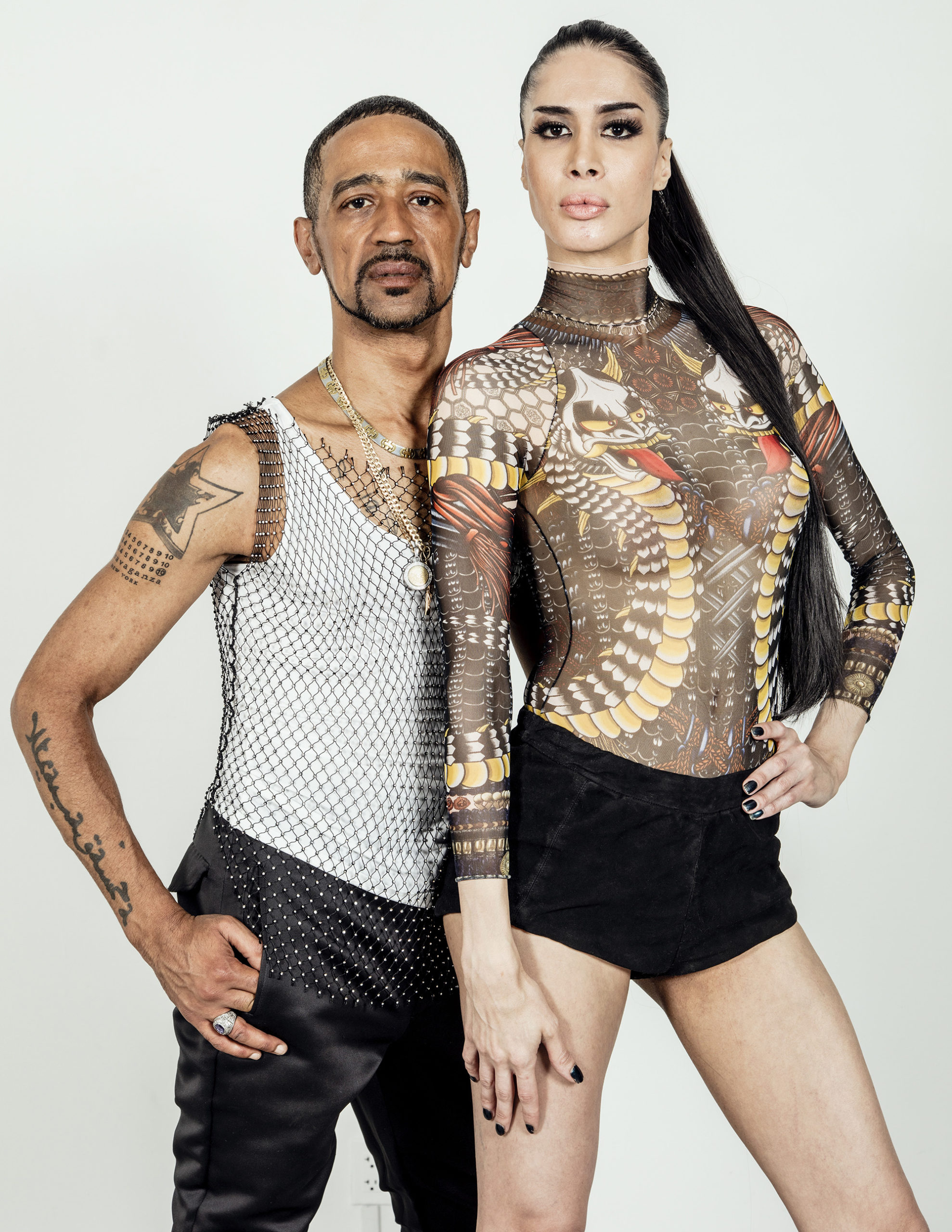Father Jose Xtravaganza and Mother Gisele Xtravaganza, 2018
Photograph by Stefan Ruiz for Aperture
It took a picnic in New York’s Central Park for Coko Xtravaganza to understand what the House of Xtravaganza meant when they called each other family. Having been inducted into the crew in 1983—after discovering house members on the piers on Manhattan’s West Side and at the downtown nightclub Paradise Garage—Coko thought they were simply a group of friends with a name.
“But Carlos and Tito used to throw an annual picnic for the house, and that was really the tipping point for me,” Coko, now the grandmother of the house, said during a recent photoshoot with photographer Stefan Ruiz. “That’s when the family thing really clicked, and I finally felt a part of something real. It came to the point where I would kill for one of them.”

Photograph by Stefan Ruiz for Aperture
Founded in 1982, the House of Xtravaganza (formerly Extravaganza) is one of the original houses of Manhattan’s ballroom community, in which queer people of color compete in balls centered around voguing, fashion, and identity performance, and group themselves into houses to share knowledge, resources, and also, at times, protection. This community was chronicled in Paris Is Burning (1990) and is at the center of the documentaries How Do I Look (2006) and Kiki (2016). The Xtravaganzas distinguished themselves early on, having been founded as the first all-Latinx house in a majority black scene, with a penchant for appearing in the mainstream. At its core, Xtravaganza has always been a true family, thanks to the cultivation of the first mother of the house, Angie Xtravaganza, who died in 1993.
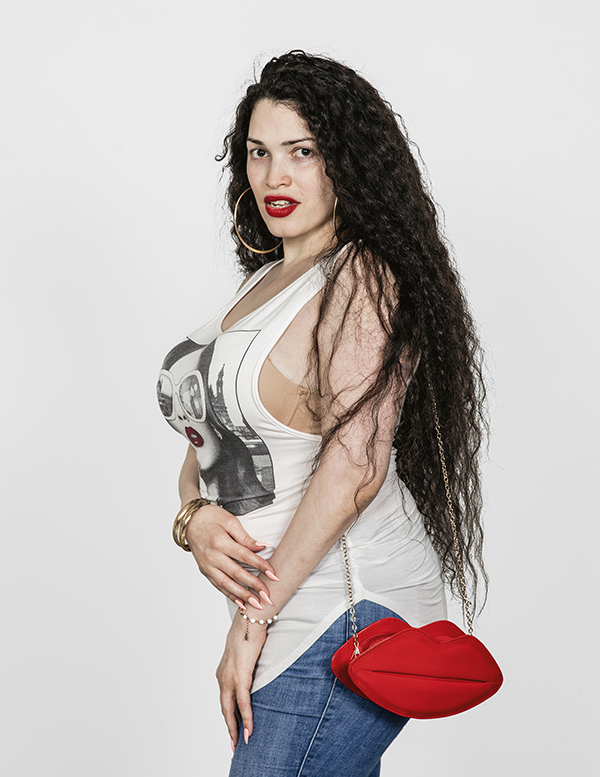
Photograph by Stefan Ruiz for Aperture
Danni Xtravaganza became mother of the house in the mid-1990s. “I remember I would walk into Danni’s apartment and see nine or ten sleeping bags on the floor, someone cooking, and someone else running off to work,” Jose Xtravaganza, onetime Madonna choreographer and current father of the house, says of those early years. According to Jose, that legacy lives on to this day, with parents and elders helping to house their children in need: “If there were no more balls, there would always be Xtravaganza, because this is about family to me.”
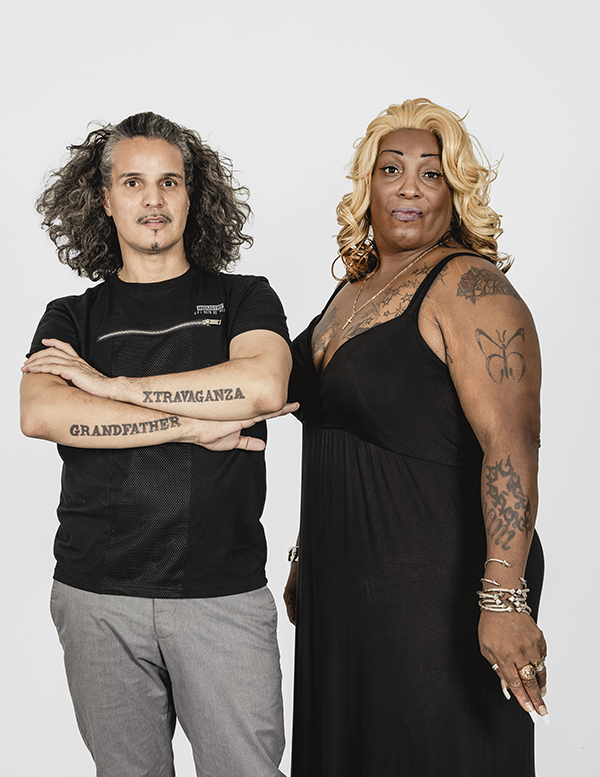
Photograph by Stefan Ruiz for Aperture
As the ballroom community has steadily grown and mainstreamed over the past three decades—FX’s television series Pose counts several Xtravaganzas working in front of and behind the camera—other houses have developed organizational structures more akin to corporations or franchises. This family, though, has remained true to a hierarchical structure that includes grandparents, elders, one mother and one father, and children. The chapter structure popular elsewhere in the ballroom community, with its multiple leaders, has been avoided.
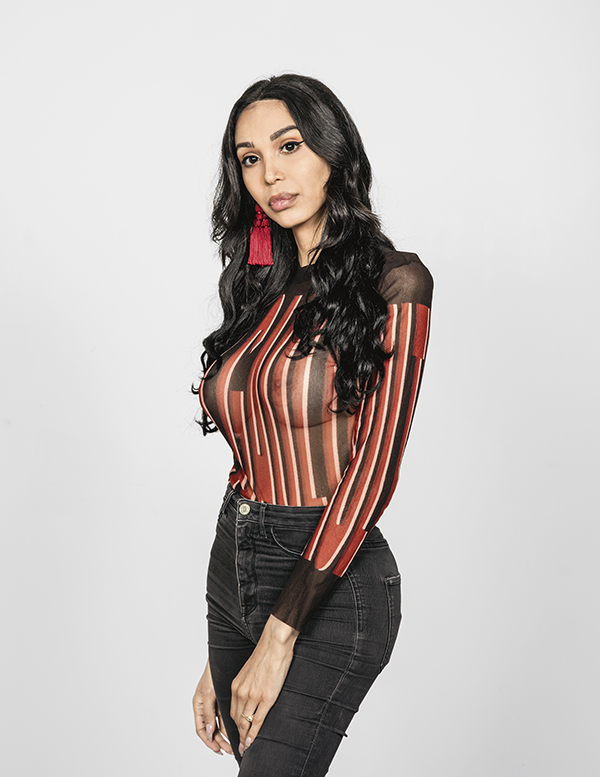
Photograph by Stefan Ruiz for Aperture
Like any other family, tradition and legacy are mainstays of the house. Birthdays, holidays, vacations, and events like the annual AIDS Walk bring them together, along with the yearly picnic, revived by Coko in 2013. There is an Xtravaganza legacy that lives on today of “impossible beauties”—a descriptor from the 1980s for the family’s extraordinarily beautiful trans women who pass as cis. For grandfather Hector Xtravaganza, the family came to mean so much that he changed his legal last name. In Ruiz’s images of House of Xtravaganza, the photographer attempts to capture that sense of created family, respecting the individuality of each member while putting their shared bonds at the forefront.
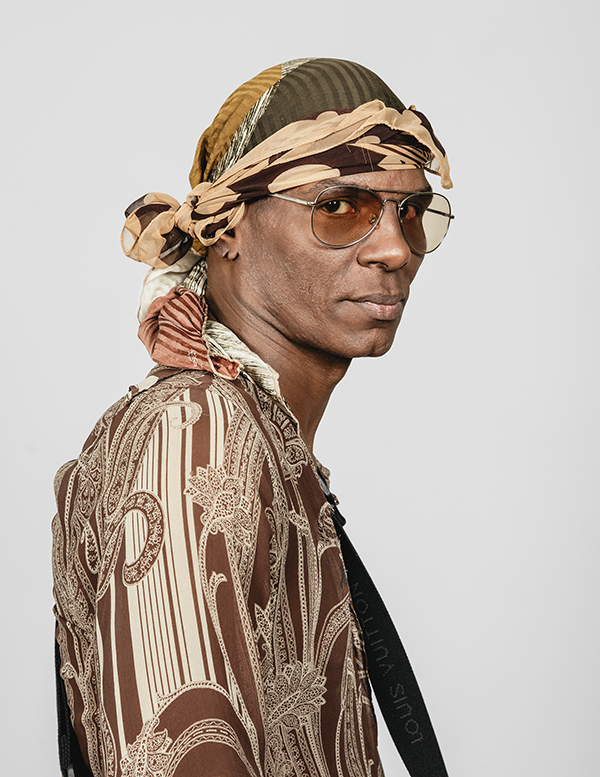
Photograph by Stefan Ruiz for Aperture
“It was really getting this overwhelming response of positivity and love that drew me to Xtravaganza,” says Angie Xtravaganza, who took on the name of the original mother of the house when she joined in 2009. “It’s one thing to have that from your biological family, but they have to love you. These are random people who have no claim to you; they don’t have to love you and don’t have to care about you, but they take the time to love you and take care of you and appreciate you.” It’s this purposeful choice that makes their love all the more meaningful.
Read more from Aperture, issue 233, “Family,” or subscribe to Aperture and never miss an issue.










